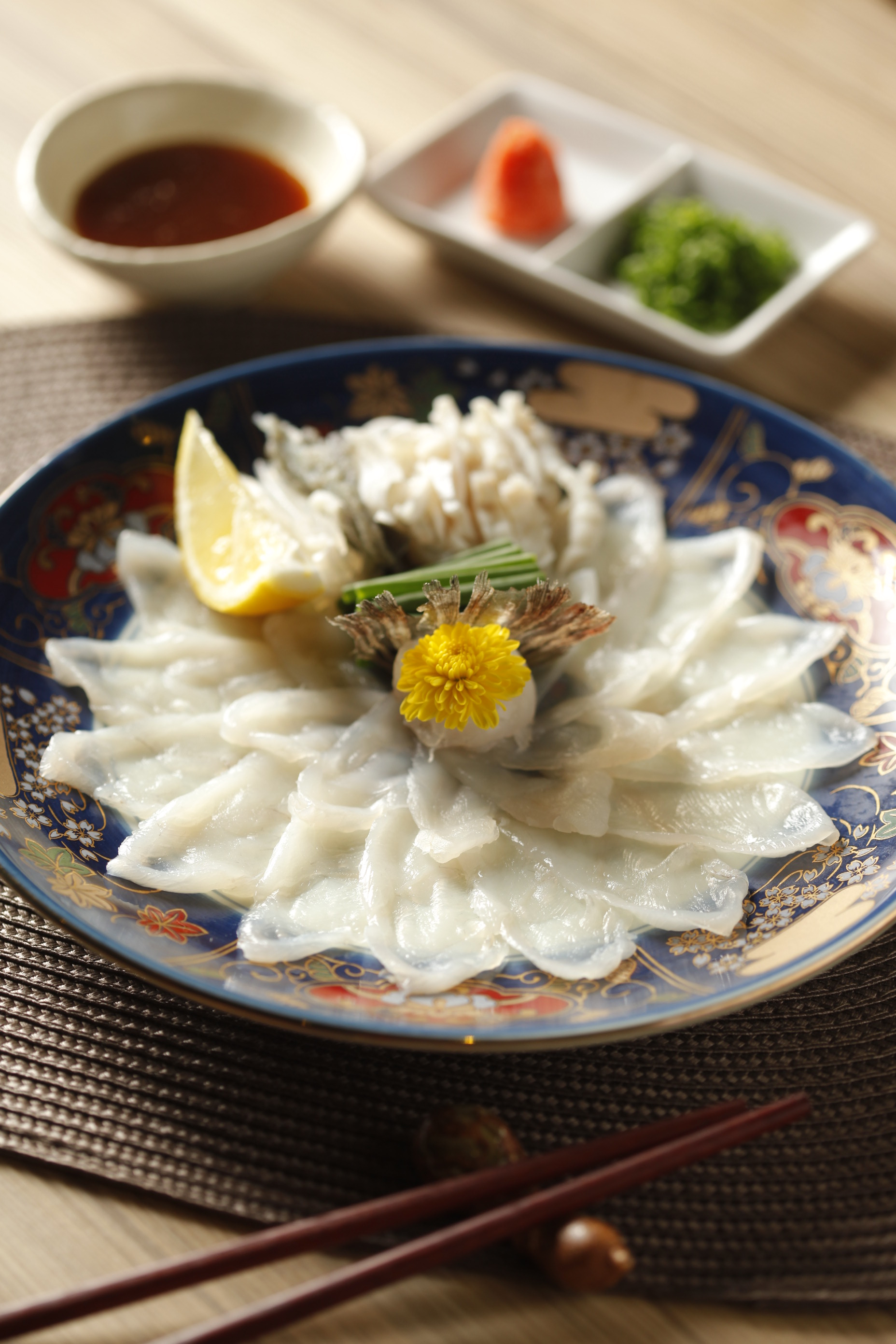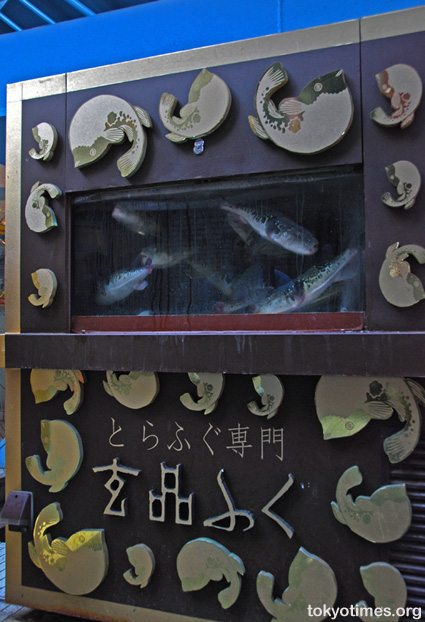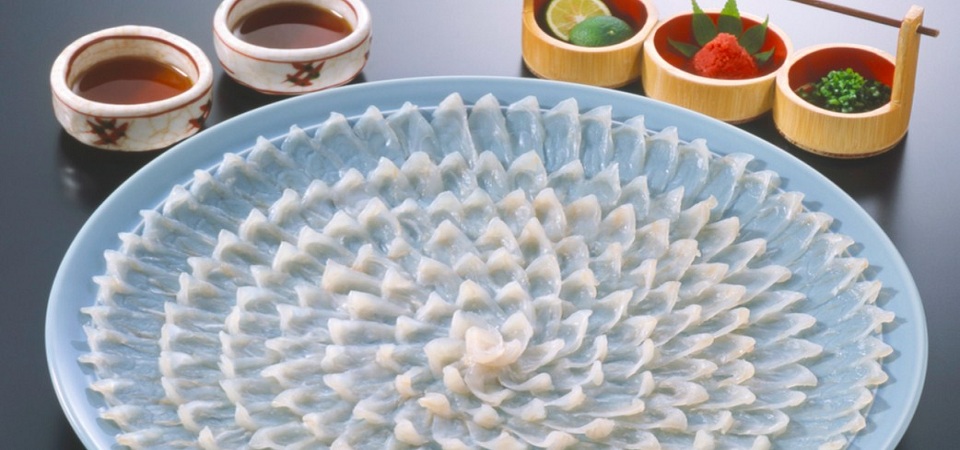

The main point of preparing fugu is to remove all signs of tetrodotoxin, which is generally found everywhere but the flesh. Nearly all of these fatalities were a result of home preparation. Figures from the Fugu Research Institute show that 50% of victims were poisoned by the liver, 43% from the ovaries and 7% from the skin. Since 2000, 23 people in Japan have died as a result of fugu according to government figures. In 2012, two children aged two and three were killed after being fed fugu for lunch in Jomalig, Quezon and in the same week, two Sagay City fishermen died and nine were hospitalised from having eaten the skin. In 1975, Kabuki actor Bando Mitsugoro VIII famously died after eating four servings of fugu liver. In 2009, seven daredevil diners in Tsuruoka City were struck down with severe poisoning following a night of eating grilled fugu testicals. Occasionally, other parts of the fish are eaten, but it is these parts in where the danger lies. It also has the most umami (the savoury flavour you get with monosodium glutamate) of all the fish. When served as sashimi, fugu is delicate, gelatinous, delicious and doesn’t smell “fishy”. It’s mostly served in the wintertime in order to avoid increased levels of toxicity generated as a reproductive defence mechanism. In restaurants, fugu is usually eaten raw as sashimi, cut into very thin slices and commonly presented as a flower. With so much concern surrounding one fish, why eat it? Even after 60 years, he is still cautious when cutting open fugu. With fugu starting at around $120 a head this is great news for many new chefs, but for the likes of Kunio Miura, who has been perfecting the art over 60 years, it is a great concern. Potentially, chefs that study for just one day will now be able to sell the deadly fish, so long as they purchase from suppliers with the venomous parts removed. But that is all about to change.ĭespite the high risk that comes with preparing fugu, Tokyo’s city government has announced it is planning to ease restrictions that allow only highly trained chefs to serve the dish. Chefs must be at least 20 years of age and generally train for between four and six years. Then and only then can they legally sell it in their restaurants. In order to prepare fugu, chefs must first train tirelessly, preparing hundreds of fish at a cost of thousands of dollars. (This takes some of the excitement out of eating it though.) Alternatively, you can eat fugu from specially created aqua farms that promise poison-free fugu. If you must eat it, it is recommended that only the “torafugu” variety be used, as this has the least amount of toxin in its blood.

The skin, the intestines, the eyes, the kidneys, the ovaries and above all, the liver are the most deadly parts. The fugu or pufferfish has more than 100 different types worldwide and each one of them is highly poisonous. While illegal in most parts of the world, the Japanese consider it a delicacy and there are currently about 3,800 fugu restaurants in the country. Australians may know it better as the pufferfish, globefish or blowfish. Fugu is the Japanese name for the world’s most delicate, expensive and dangerous fish. Symptoms from poisoning include dizziness, exhaustion, headache, nausea, difficulty breathing and even death. Some may feel, though, that such preparation misses the point of eating fugu: tempting death, but not dying.It is estimated that each year in Japan, there are between 20 and 40 cases of poisoning courtesy of the fugu fish. The restaurants that serve it still need licenses and treat the fish as if it were poisonous, but the new raising methods were what convinced the Chinese government to lift the blanket ban on all pufferfish dishes. So, it should surprise no one that in 2019 a news release from EFE announced that non-poisonous pufferfish had become a delicacy in Beijing.

The problem for both restaurants and chefs that pride themselves on preparing fugu is that once knowledge is known, controlling it proves almost impossible. Other restaurants objected, exclaiming that if they were allowed an exemption, the public may think that fugu, in general, were harmless. Later, Manbo and Saga, a pair of fish product and restaurant companies, filed proposals to exempt themselves from fugu regulations. When raised in an environment without those toxins, the fugu was safe to eat without highly skilled preparation. In 2016, the Library of Congress had a guest post on their blog about how Professor Osamu Arakawa of Nagasaki University discovered that the dangers of fugu were due to toxins that entered the fish's body as it consumed starfish and shellfish.


 0 kommentar(er)
0 kommentar(er)
